หลักการและการใช้งาน Fineness
Fineness of Dispersion -- Passing the Test with 3M™ Ceramic Microspheres
จำหน่ายเครื่องมืองานพัฒนาสี สนใจติดต่อเพื่อขอรับข้อมูลเกี่ยวกับสินค้าได้ที่ โทร 02-898-0411-4 Email hjunkelthai@gmail.com , ch.hjunkel@gmail.com


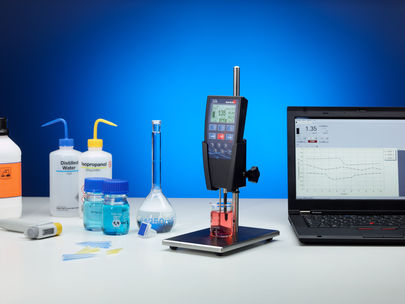
| - | Controlling the surfactant concentration in industrial parts cleaning industry |
| - | Monitoring the surfactant concentration in electroplating baths |
| - | Measuring the surface tension of liquids at the plant (atline) or in the laboratory (offline) |
| - | Quality control of inkjet inks, paints and lacquers/varnishes |
| - | Incoming and outgoing inspections of surfactant containing goods |
| - | Mobile use for external work |

| Surface tension | |
| Measuring range | 10…100 mN/m (dyn/cm) |
| Resolution | 0.1 mN/m (dyn/cm) |
| Bubble lifetime | |
| Adjustable range | 15…20,000 ms |
| Resolution | 1 ms |
| Sample temperature | |
| Measuring range | 0…100 °C |
| Resolution | 0.1 K |
| Power Supply | |
| Mains adapter | 100...240 V 47...63 Hz |
| Battery (Lion, integrated) |
3.6 V / 1,950 mAh
min. 10 h operating hours |
| Power consumption | 2 W max. |
| Interface, Storage, Dimensions, Weight | |
| USB interface | data transfer, battery charging |
| Display | 124 x 168 pixel, illuminated |
| Storage | 25 values/profile |
| Dimensions (WxHxD) | 75 x 168 x 35 in mm |
| Weight of instrument | 230 g |
| • | Management and graphical analysis of saved measuring data |
| • | Documentation and evaluation of the process and products‘ characteristics |
| • | Simple and easy preparation of measuring reports |
| • | Controlling the measurement via PC in the laboratory |
| • | Simple generation of concentration curves based on defined samples |


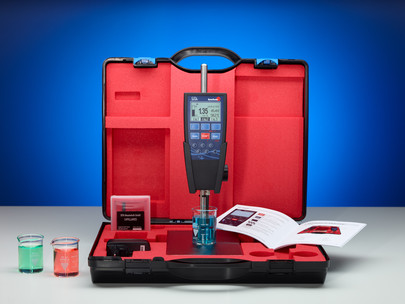
| The Auto-Mode analyzes the dynamic behavior of the surface tension of surfactant containing liquids. Wetting characteristics of surface active liquids can be analyzed and the optimal bubble lifetime for the concentration control can be easily determined by the operator. |  | ||||||
| The Single-Mode carries out a quick measurement of a single surface tension value at a pre-determined bubble lifetime for a reliable control of the surfactant concentration of process liquids | |||||||
| The Online-Mode is used for a continuous monitoring of process liquids and for determining the temperature dependency of the surface tension of liquids. | |||||||
| The measuring data can be saved in the Tensiometer SITA pro line t15, transferred to a computer or printed by an optional protocol printer.The software SITA-LabSolution realizes a visual presentation, evaluation and further processing of measuring data. | |||||||
| Advantages: | |||||||
| |||||||
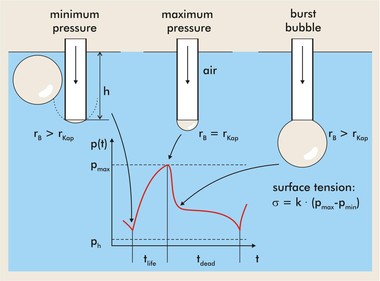

| • | Automation of laboratory measurements with a wide range of accessories for analysing active ingredients |
| • | Intuitive operation ensures efficient preparation of experiments and evaluation of measuring results |
| • | Easy access to all functions of the tensiometer |
| • | Report function for creating measurement protocols and reports |
Controlling a wide range of accessories
Burette (fluid dosing unit)
Sampler
Thermostat
Magnetic stirrer, (heating) stirrer
|  |
| Surface Tension | |
| Measuring range | 10...100 mN/m (dyn/cm) |
| Resolution | 0.1 mN/m (dyn/cm) |
| Bubble Lifetime | |
| Controlled range | 15 ms...20,000 ms |
| Resolution | 1 ms |
| Liquid Temperature | |
| Measuring range | 0...100 °C |
| Resolution | 0.1 K |
| Power Supply | |
| Mains adapter | 100...240 V 47...63 Hz |
| Battery (Lion, integrated) | 3.6 V/1,950 mAh |
| Power consumption | 2.5 W max. |
| Interface, Storage, Dimensions, Weight | |
| USB-Interface | data transfer, power supply & charging of battery |
| Display | 124 x 168 Pixel, illuminated |
| Storage | 3 memory areas for Single, Auto and Onlinemeasurements |
| Dimensions (WxHxD) | 75 x 168 x 35 mm |
| Weight of instrument | 270 g |
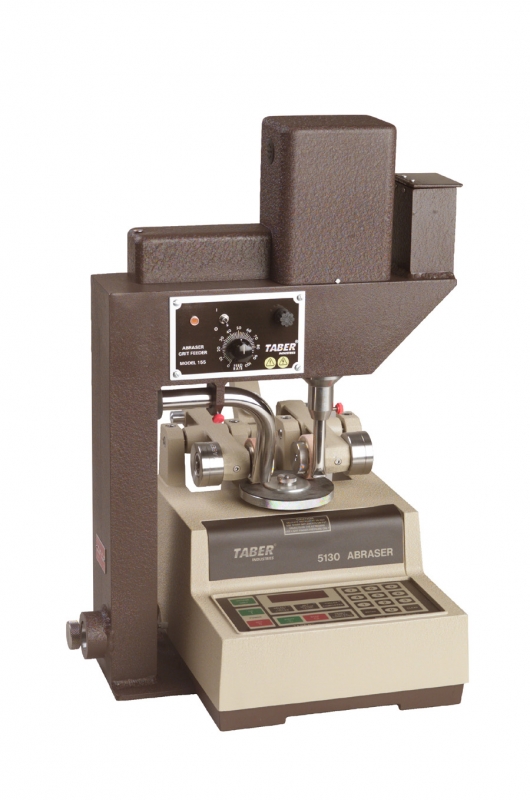 The Taber® Grit Feeder Attachment is used in conjunction with the Taber Rotary Platform Abraser (Abrader) to evaluate three-body abrasion caused by the destructive action of fine, hard particles. Originally referenced as the Frick-Taber test, this instrument has been used to determine the wear resistance of flooring products with smooth surfaces.
The Taber® Grit Feeder Attachment is used in conjunction with the Taber Rotary Platform Abraser (Abrader) to evaluate three-body abrasion caused by the destructive action of fine, hard particles. Originally referenced as the Frick-Taber test, this instrument has been used to determine the wear resistance of flooring products with smooth surfaces.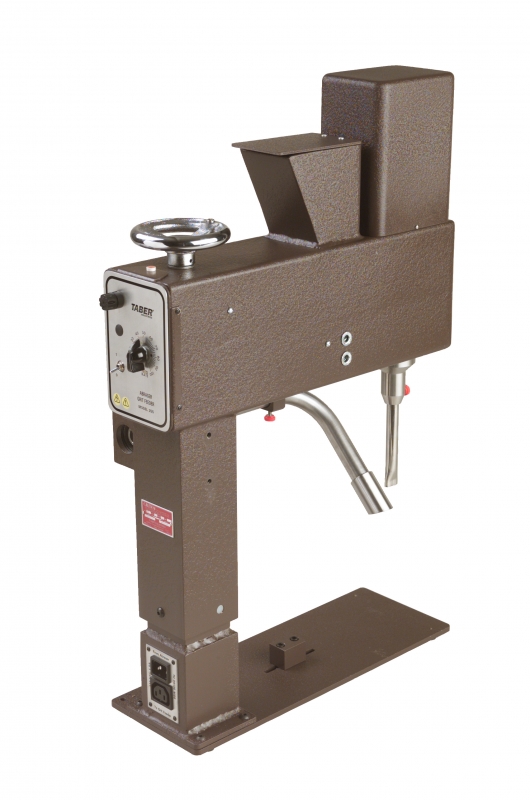
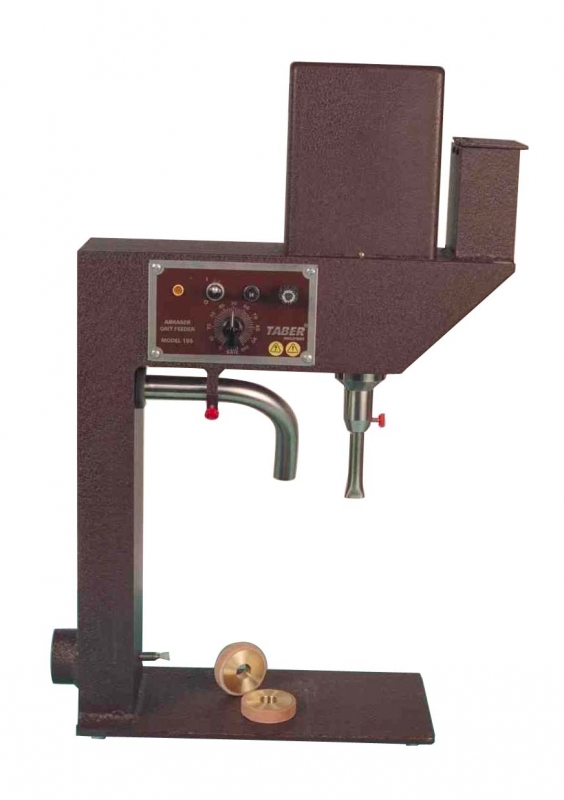 Grit Feeder - Model 155 offers a hopper capacity of approximately 1,300 grams. Mounted on the left side of the Taber Abraser, Model 155 utilizes an alignment guide screw to set the position of the instrument. The grit distributor and vacuum removal nozzle heights are adjusted using a thumbscrew.
Grit Feeder - Model 155 offers a hopper capacity of approximately 1,300 grams. Mounted on the left side of the Taber Abraser, Model 155 utilizes an alignment guide screw to set the position of the instrument. The grit distributor and vacuum removal nozzle heights are adjusted using a thumbscrew.